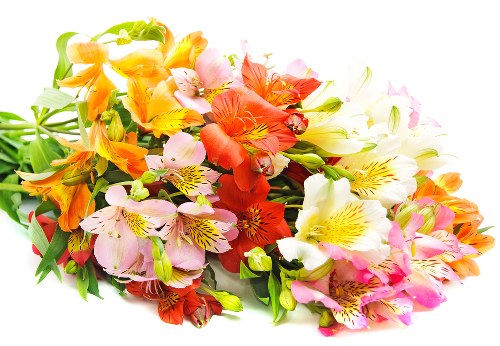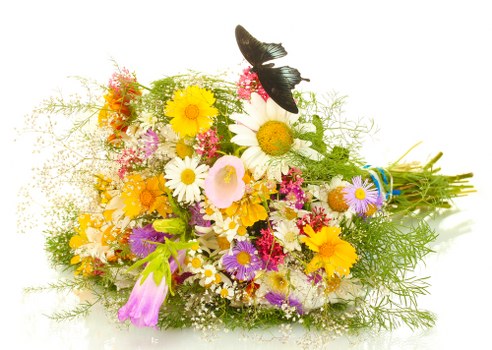Sympathy Flowers: Conveying Your Heartfelt Condolences

In times of loss, expressing sympathy can be challenging. Sympathy flowers serve as a universal gesture to convey condolences, offering comfort and solace to those grieving. These floral arrangements are not merely decorative; they carry deep emotional significance and communicate sentiments that words often fail to capture.
Choosing the right sympathy flowers involves understanding the preferences of the bereaved and the cultural or religious traditions they observe. Flowers like lilies, roses, and chrysanthemums are commonly associated with sympathy, each symbolizing different emotions such as purity, love, and honor.
Beyond their symbolic meanings, sympathy flowers provide a sense of beauty and peace during a difficult time. They remind the bereaved that they are not alone and that others share in their sorrow.

Types of Sympathy Flowers vary widely, each type holding its unique significance. Lilies, for instance, are often used in funerals to represent the restored innocence of the soul of the deceased. Roses, especially white and red ones, symbolize reverence and love, making them a popular choice for expressing heartfelt condolences.
Chrysanthemums are highly regarded in many cultures; in Europe, they are exclusively used for funerals, symbolizing death and mourning. In contrast, in East Asia, chrysanthemums represent life and rebirth, showcasing how cultural contexts can influence the choice of sympathy flowers.
Orchids are another elegant option, representing eternal love and refined beauty. Their long-lasting nature makes them a thoughtful gift, reminding the bereaved of enduring support and care.

Sympathy flower arrangements can range from simple bouquets to elaborate displays. Simple arrangements may include a single type of flower, emphasizing purity and simplicity in expression. More elaborate designs can incorporate multiple flowers and greenery, creating a visually striking tribute that honors the memory of the deceased.
Popular sympathy arrangements include:
- **Lily Bouquets**: Symbolizing peace and restoration
- **Rose Arrangements**: Conveying love and respect
- **Chrysanthemum Displays**: Reflecting honor and grief
Personalizing arrangements by including favorite flowers or colors of the deceased adds a meaningful touch, making the gesture even more special.

Choosing the Right Flowers involves considering various factors such as the relationship with the deceased, their personal preferences, and any specific instructions from the family. For example, if the deceased had a favorite flower, incorporating it into the arrangement can provide a personal connection and a sense of remembrance.
Seasonal flowers are also a practical choice, as they are more likely to be fresh and vibrant. Additionally, considering the longevity of the flowers ensures that the arrangement remains beautiful for a longer period, providing ongoing comfort to the bereaved.
Color plays a significant role in expressing sympathy. Soft, muted colors like white, pink, and blue are traditionally associated with mourning and can convey peace and tranquility. However, incorporating brighter colors may be appropriate if it aligns with the deceased's personality and the family's preferences.

Arranging Sympathy Flowers can be done through professional florists who specialize in funeral and sympathy arrangements. These professionals understand the nuances of flower symbolism and can create tasteful and appropriate displays. They can also handle delivery logistics, ensuring that the flowers arrive on time and in perfect condition.
Many florists offer customization options, allowing you to select specific flowers, colors, and styles that best represent your sentiments. This personalization helps in creating a unique tribute that resonates with both the giver and the receiver.
In addition to traditional arrangements, some opt for symbolic gestures such as planting trees or creating memorial gardens in honor of the deceased. These living tributes can provide a lasting legacy and a place for reflection and remembrance.












